Home>Interior Design>What Makes A Living Room Look Cheap? 5 Things To Avoid
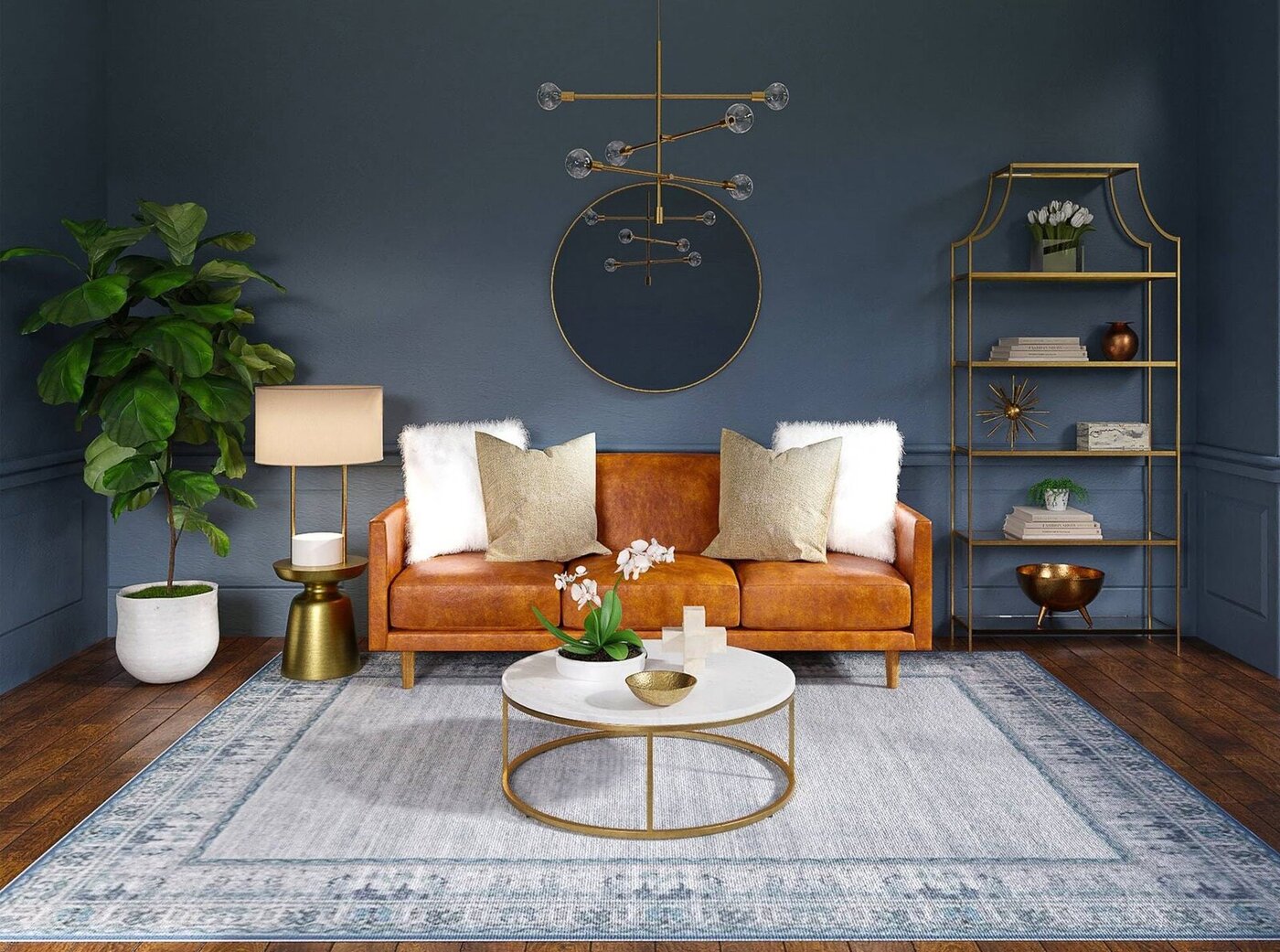

Interior Design
What Makes A Living Room Look Cheap? 5 Things To Avoid
Modified: February 23, 2024
Learn how to avoid these 5 common mistakes and make your living room look more stylish and expensive with our interior design tips.
(Many of the links in this article redirect to a specific reviewed product. Your purchase of these products through affiliate links helps to generate commission for Storables.com, at no extra cost. Learn more)
Introduction
Welcome to the world of interior design! Your living room is the heart of your home, where you gather with family and friends to relax, entertain, and create lasting memories. It’s a space that should reflect your personal style, showcase your taste, and be a haven of comfort.
However, there are certain design pitfalls that can make your living room look cheap and detract from its beauty and elegance. In this article, we will explore five common mistakes to avoid when it comes to creating a stylish and sophisticated living room. By steering clear of these faux pas, you’ll be on your way to achieving a space that exudes timeless charm and a high-end feel.
Key Takeaways:
- Invest in timeless, high-quality furniture and prioritize a cohesive design aesthetic to elevate the look and feel of your living room, creating a space that exudes sophistication and luxury.
- Select durable, high-quality fabrics and carefully coordinate a harmonious color scheme to enhance the overall elegance and visual appeal of your living room, creating a welcoming and stylish space for relaxation and entertainment.
Outdated or Clashing Furniture
Your choice of furniture plays a pivotal role in the overall aesthetic of your living room. Outdated or mismatched furniture can instantly make your space seem cheap and uncoordinated. When selecting furniture pieces, it’s essential to choose ones that are not only visually appealing but also complement each other harmoniously.
One common mistake is holding onto furniture that is clearly past its prime. Whether it’s a worn-out sofa or a bulky entertainment center, outdated furniture drags down the entire look of your living room. Instead, opt for modern, streamlined pieces that have clean lines and are of high quality. Investing in quality furniture may require a larger initial investment, but it will pay off in the long run and give your living room an instant upgrade.
Another mistake to avoid is choosing furniture pieces that clash with each other. Mixing different styles, colors, and textures without a cohesive vision can create a chaotic and cheap-looking space. To ensure a cohesive look, choose furniture pieces that have a similar design aesthetic and color palette. For example, if you prefer a mid-century modern style, stick to furniture that reflects that era’s sleek lines and minimalist design.
Additionally, consider the layout and placement of your furniture. A poorly arranged living room can make it feel cramped and cluttered. Take into account the flow of the room and ensure there is ample space for movement. Avoid overcrowding the space with too many furniture pieces. Instead, opt for a few well-chosen, high-quality pieces that create an inviting and spacious atmosphere.
Remember, furniture is the foundation of your living room’s design. Investing in timeless, well-coordinated furniture will significantly enhance the overall look and feel of your space, making it appear tasteful and sophisticated.
Poor Quality or Worn-Out Fabrics
The fabrics you choose for your living room furniture and accessories can make a significant difference in the overall look and feel of the space. Poor quality or worn-out fabrics can cheapen the overall aesthetic and give the impression of neglect. To ensure a high-end and luxurious feel, it’s important to prioritize the quality of your textiles.
One common mistake is settling for low-quality fabrics that are prone to wear and tear. These fabrics often have a cheap appearance and lack durability, quickly showing signs of aging. When selecting upholstery fabrics for your sofas, chairs, and ottomans, choose high-quality materials that can withstand everyday use. Opt for fabrics with a high thread count and a tight weave, as they tend to resist stains and maintain their appearance over time.
Similarly, pay attention to the condition of your textiles. Worn-out or faded upholstery, drapes, and cushions can give your living room a tired and shabby look. Regularly inspect these items and replace or repair them as necessary. Upholstery cleaning or applying a fresh coat of fabric protector can also help prolong the lifespan of your fabrics and maintain their original beauty.
Another aspect to consider is the selection of fabric patterns and colors. Avoid choosing overly bold or garish patterns that may quickly go out of style and make your living room look dated. Instead, opt for timeless patterns such as stripes, solids, or subtle textures that can effortlessly blend with different design styles and stand the test of time.
Lastly, don’t overlook the importance of throw pillows and decorative textiles. These smaller accents can enhance the overall aesthetic of your living room. Choose fabrics with interesting textures, elegant patterns, or luxurious finishes to add depth and visual interest to the space.
By prioritizing the quality and condition of your fabrics, you’ll elevate the look of your living room and create an environment that is both visually appealing and comfortable.
Lack of Coordinated Color Scheme
Color is a powerful tool in interior design, and a lack of a coordinated color scheme can easily make your living room look cheap and haphazard. A harmonious color palette creates a sense of cohesion and sophistication, while an uncoordinated mishmash of colors can create visual chaos.
One common mistake is using too many colors without a unifying theme. When choosing a color scheme for your living room, consider the overall mood and atmosphere you want to create. Do you prefer a calm and soothing space, or a vibrant and energetic one? Select a dominant color as the foundation, and then choose complementary colors to create balance and interest.
Avoid randomly incorporating multiple bright and contrasting colors that compete for attention. Instead, opt for a more restrained approach by selecting a few key colors and integrating them into different elements of the room, such as the walls, furniture, accessories, and textiles.
Another mistake to avoid is neglecting the importance of neutrals. Neutrals serve as a backdrop and anchor for your color scheme. Incorporate shades of white, beige, or gray to create a sense of balance and allow the accent colors to stand out. Neutrals also give your living room a timeless and sophisticated feel.
When selecting paint colors, consider the natural light in your living room. Different lighting conditions can significantly influence how colors appear. Test paint samples on your walls and observe how they look throughout the day to ensure you achieve the desired effect.
In addition to wall colors, pay attention to the colors of your furniture, curtains, rugs, and decorative accents. Ensure that they coordinate and complement each other, either through matching or contrasting tones. This will create a cohesive and polished look.
By creating a well-thought-out and coordinated color scheme, you’ll transform your living room into a visually pleasing and sophisticated space that exudes style and elegance.
Avoid cheap-looking furniture, excessive clutter, outdated decor, poor lighting, and mismatched or cheap-looking accessories to prevent your living room from looking cheap.
Overcrowded or Inadequate Lighting
Lighting is an essential element in any space, and the right lighting can completely transform the ambiance of your living room. However, overcrowded or inadequate lighting can make your space appear cheap and poorly designed. It’s crucial to strike the right balance between functionality and aesthetics when it comes to lighting.
One common mistake is overcrowding the room with too many light fixtures. While multiple light sources can add depth and create a layered effect, overdoing it can create a cluttered and chaotic look. Avoid placing light fixtures too close together or using too many pendant lights, floor lamps, or table lamps in a small space. Instead, opt for a few strategic light sources that provide adequate illumination while maintaining an open and spacious feel.
Conversely, inadequate lighting can make your living room feel dim and gloomy. Insufficient lighting not only affects the overall ambiance but also hinders functionality. Ensure you have enough light to perform daily tasks such as reading, socializing, or working. A combination of ambient, task, and accent lighting will help create a well-lit and inviting space.
Consider the natural light in your living room as well. Utilize it to your advantage by arranging furniture in a way that maximizes the daylight. Use sheer curtains or blinds instead of heavy drapes to allow natural light to filter into the space. In the evening, incorporate adjustable lighting options, such as dimmer switches or lamps with different light intensity settings, to create a cozy and adaptable atmosphere.
Furthermore, pay attention to the style of your light fixtures. Cheap or outdated-looking fixtures can instantly cheapen the overall aesthetic of your living room. Choose fixtures that are not only functional but also visually appealing. Opt for fixtures made of high-quality materials such as metal or glass, and select designs that complement your overall decor style.
By striking the right balance between functional and aesthetically pleasing lighting, you’ll create a warm and inviting atmosphere in your living room that exudes sophistication and charm.
Cheap or Ill-Fitting Accessories and Decorations
Accessories and decorations are the finishing touches that can elevate the overall look of your living room. However, using cheap or ill-fitting accessories can take away from the sophistication and cohesiveness of the space. It’s important to select accessories and decorations that are of good quality and appropriately sized for your living room.
One common mistake is using cheap, mass-produced decorations that lack character and originality. Avoid generic, low-quality accessories that can make your living room feel generic and uninspired. Instead, invest in unique, artisan-crafted pieces that add personality and visual interest to your space. Look for accessories that have a sense of craftsmanship and bring a touch of luxury to your living room.
Additionally, make sure that your accessories and decorations are appropriately scaled for your living room. Avoid overwhelming the space with oversized or undersized items. A large artwork may overpower the room, while small accessories may get lost and appear insignificant. Pay attention to proportion and select decorations that are in harmony with the size of your living room and the surrounding furniture.
Another aspect to consider is the choice and placement of decorative items. Be mindful of clutter and avoid overcrowding your living room with too many accessories. Instead, select a few key pieces that are meaningful to you and showcase them strategically. This will create a focal point and allow each item to shine without competing for attention.
Furthermore, pay attention to the quality of materials used in your accessories. Cheap, flimsy materials can make your decorations look and feel cheap. Opt for items made from high-quality materials such as metals, natural fibers, or solid wood. These materials not only lend a sense of sophistication but also ensure durability and longevity.
Lastly, consider the overall theme and style of your living room when selecting accessories. Choose pieces that complement your existing decor and reflect your personal style. Harmonize the colors, textures, and motifs of your accessories with your furniture, wall colors, and overall aesthetic to create a cohesive and visually pleasing space.
By investing in quality, appropriately scaled accessories and decorations, you’ll enhance the overall look and feel of your living room, creating a space that feels curated, stylish, and sophisticated.
Conclusion
Your living room is a reflection of your personal style and taste, and it should be a welcoming and stylish space where you can relax and entertain with pride. By avoiding some common design mistakes, you can create a living room that exudes sophistication and luxury.
First and foremost, be mindful of the furniture you choose. Outdated or clashing furniture can instantly make your living room look cheap. Invest in timeless, high-quality pieces and arrange them in a way that maximizes space and flow.
Poor quality or worn-out fabrics can also detract from the overall elegance of your living room. Choose durable fabrics and regularly maintain and replace items as needed. Pay attention to coordination and choose fabrics that complement each other and the overall color scheme of the room.
A lack of a coordinated color scheme can make your living room appear chaotic and unpolished. Take the time to select a harmonious palette that reflects the mood and style you want to achieve. Incorporate neutrals as a base and carefully integrate accent colors for a balanced and cohesive look.
Lighting plays a crucial role in setting the ambiance of your living room. Avoid overcrowding the space with too many fixtures and ensure adequate lighting for functionality and aesthetics. Use natural light to your advantage and choose stylish light fixtures that enhance the overall design of the room.
Finally, be selective with your choice of accessories and decorations. Cheap or ill-fitting items can instantly cheapen the look of your living room. Invest in unique, well-crafted pieces that are appropriately scaled and complement the overall style of your space.
By avoiding these common mistakes and paying attention to the details, you can create a living room that is both inviting and visually stunning. Take the time to plan and curate your space to reflect your personal style and create a welcoming haven for yourself and your loved ones.
Frequently Asked Questions about What Makes A Living Room Look Cheap? 5 Things To Avoid
Was this page helpful?
At Storables.com, we guarantee accurate and reliable information. Our content, validated by Expert Board Contributors, is crafted following stringent Editorial Policies. We're committed to providing you with well-researched, expert-backed insights for all your informational needs.
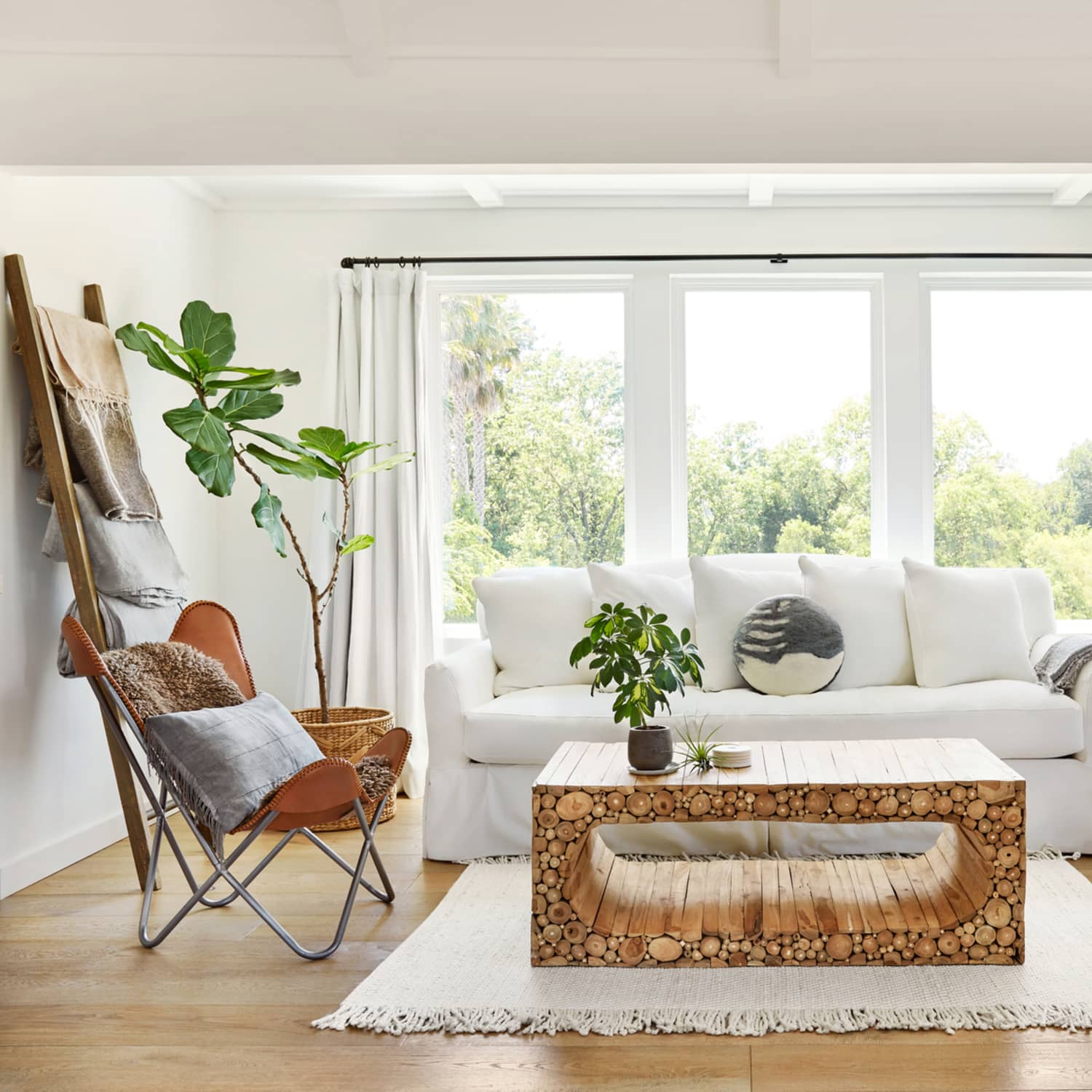
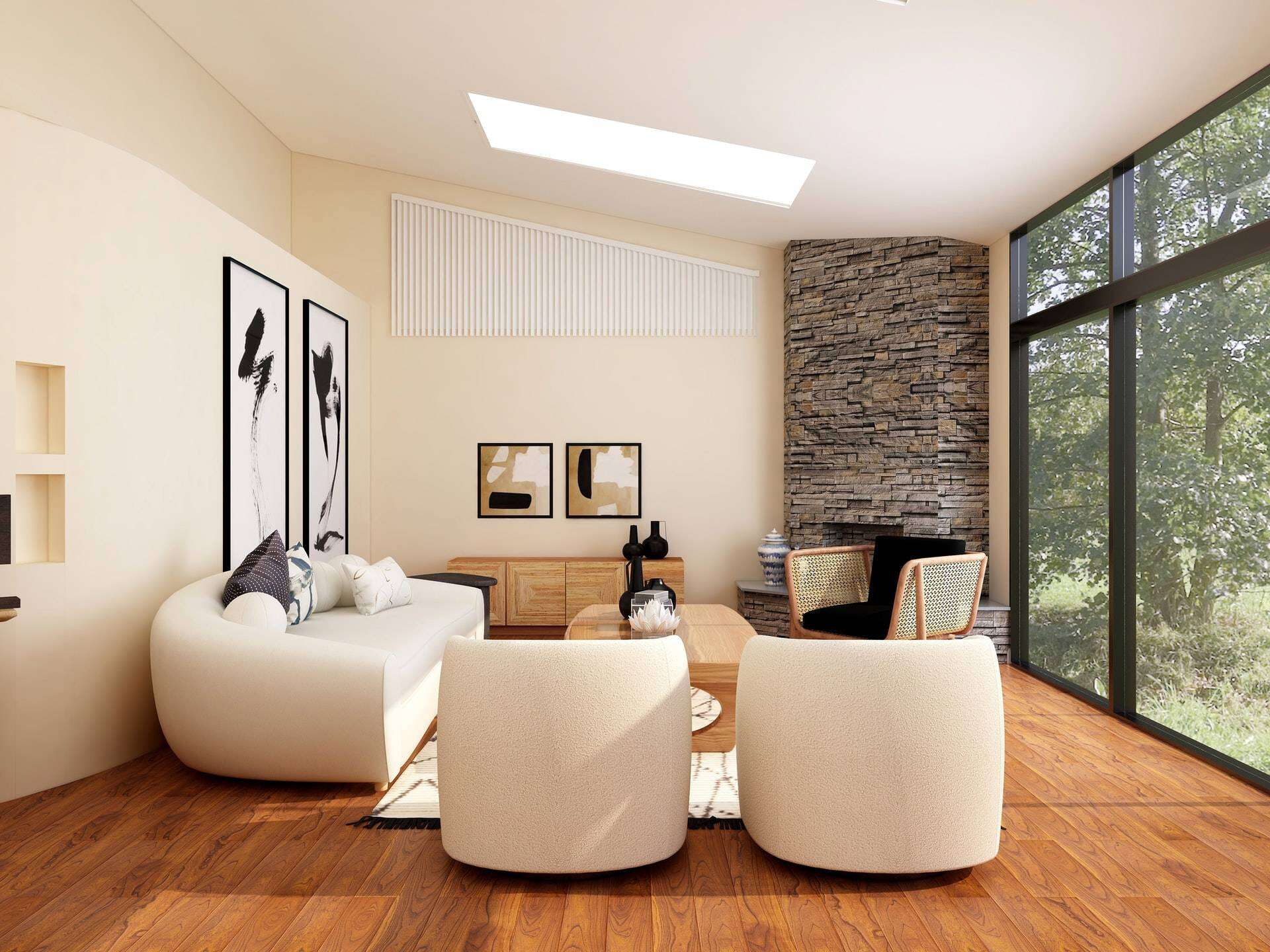
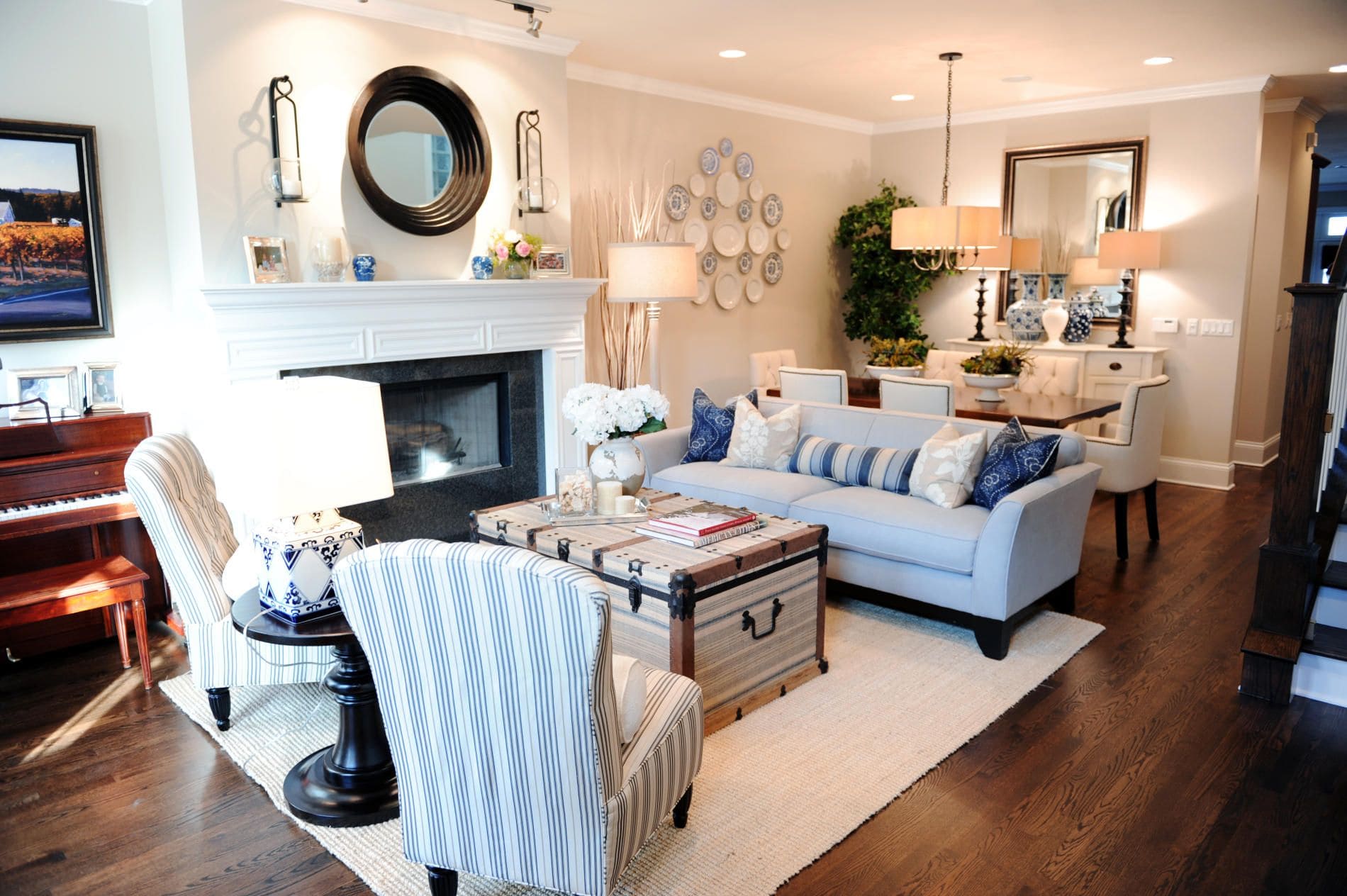
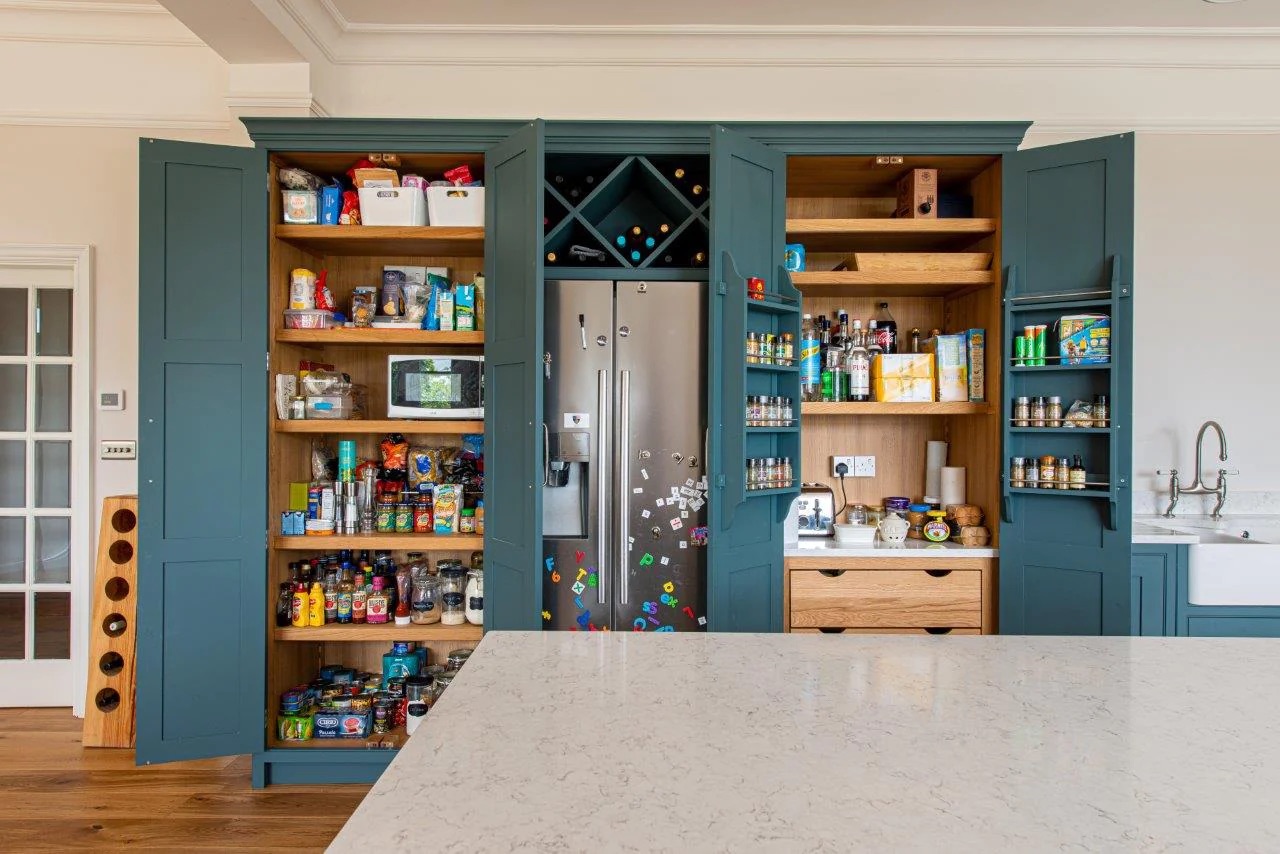
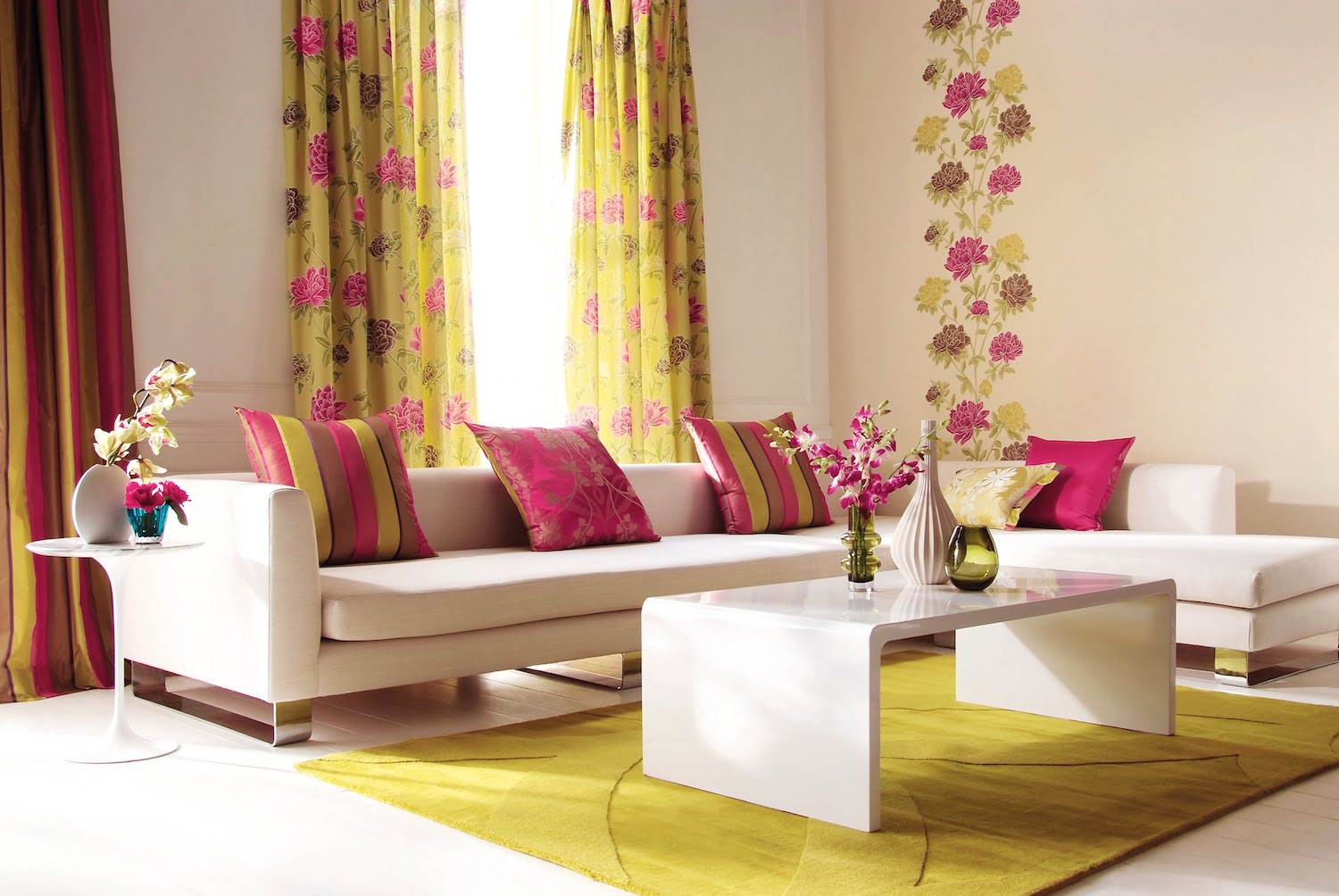
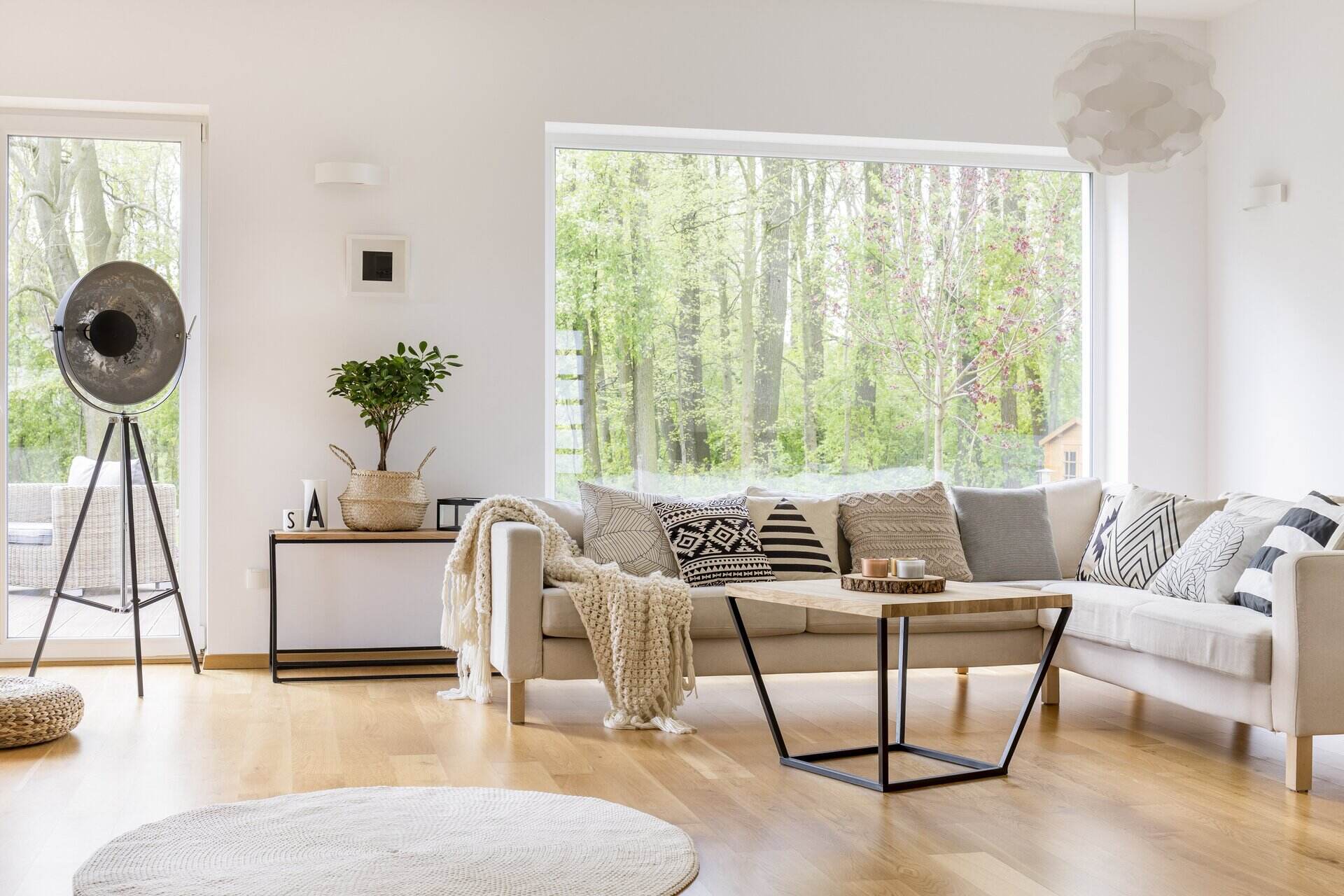
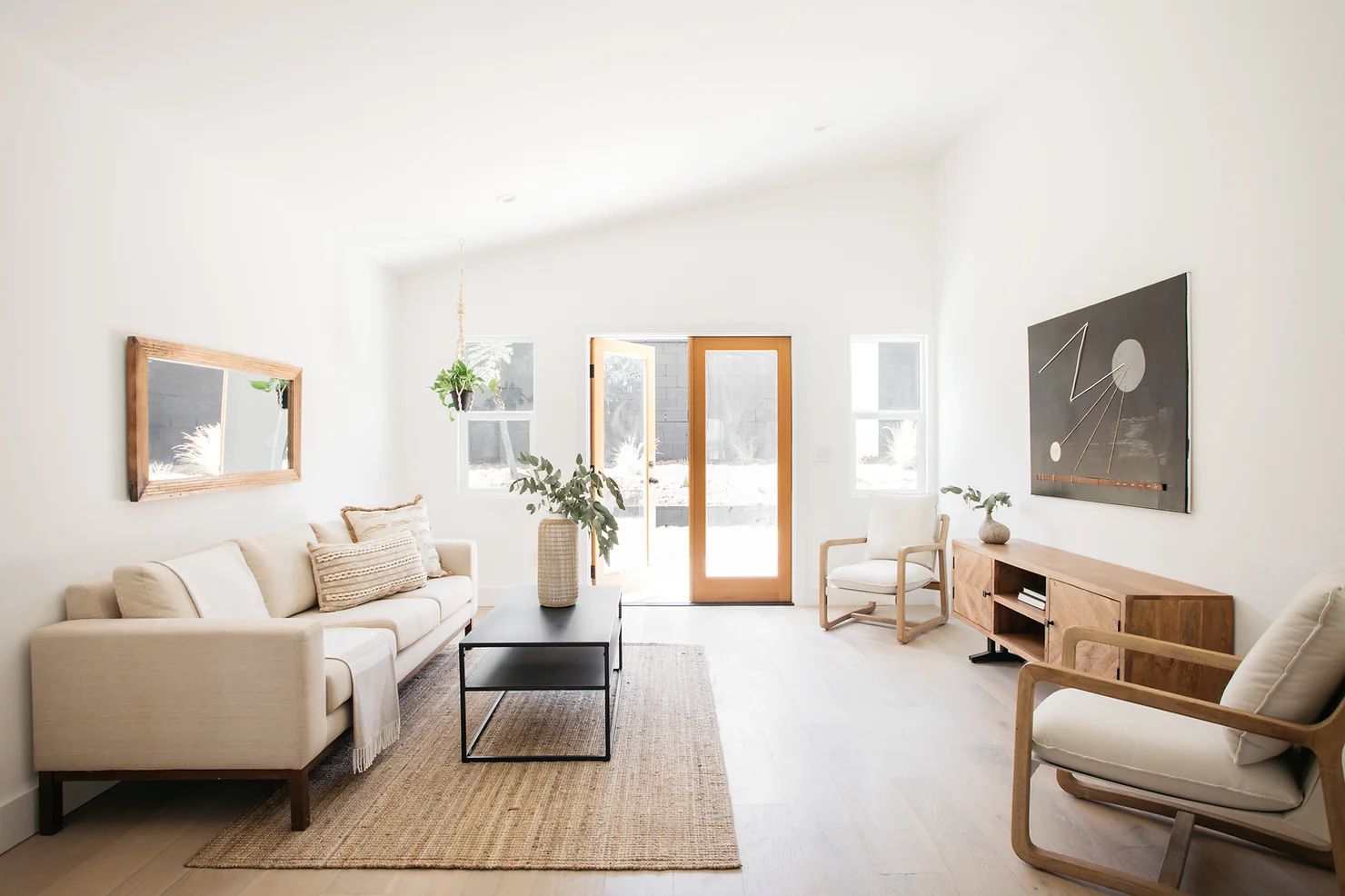
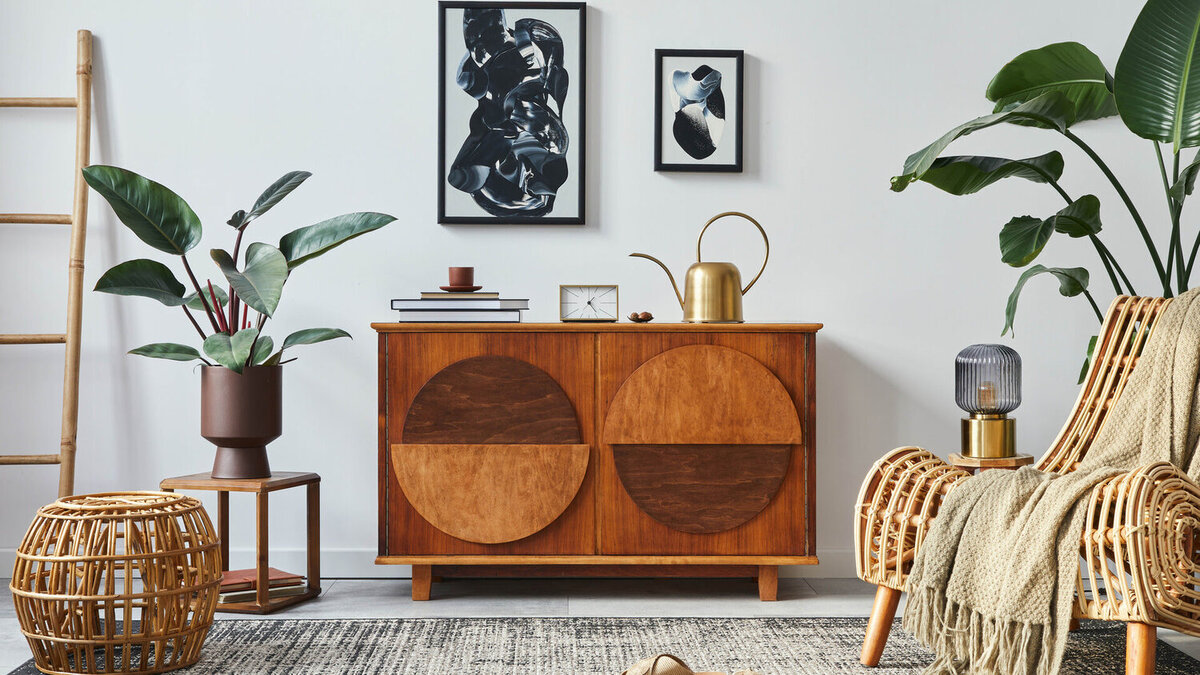
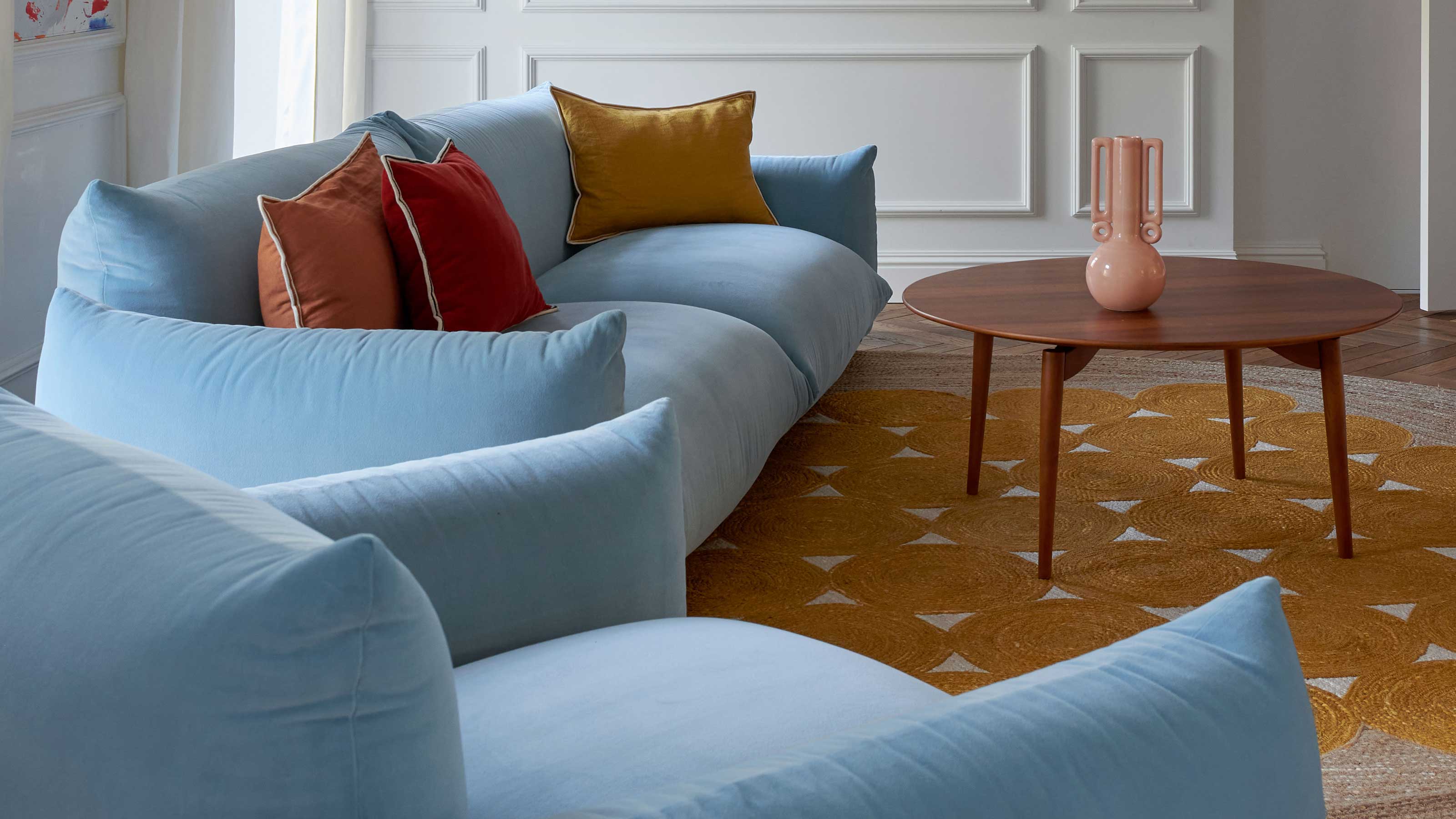
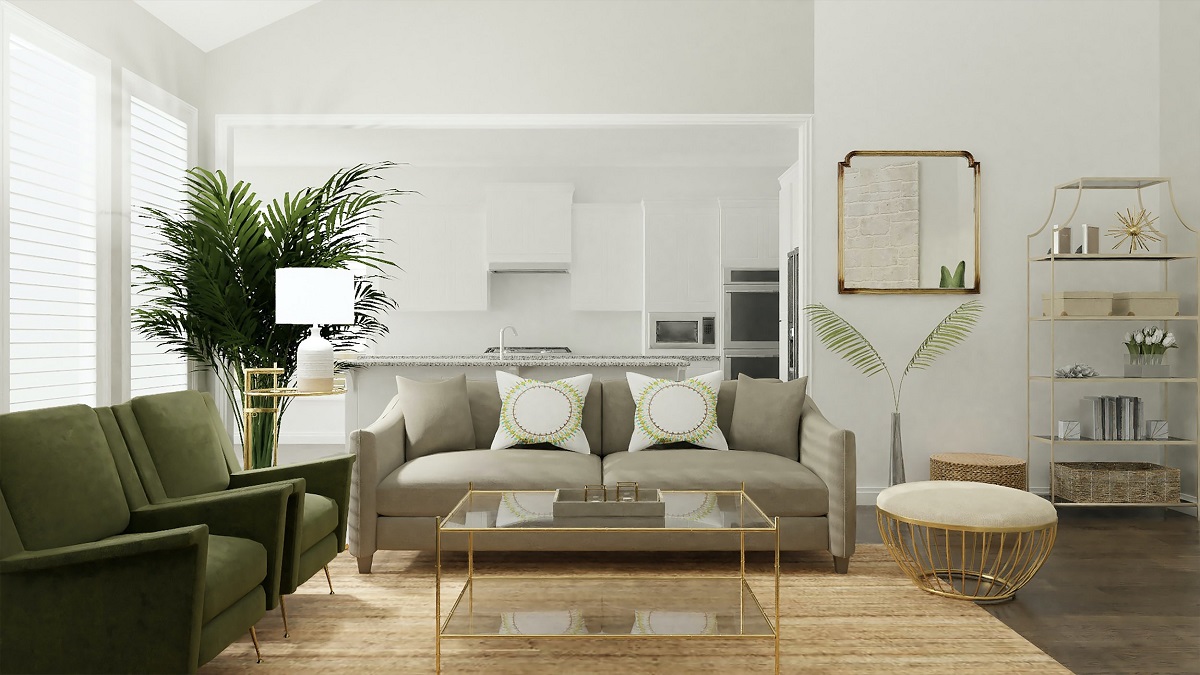
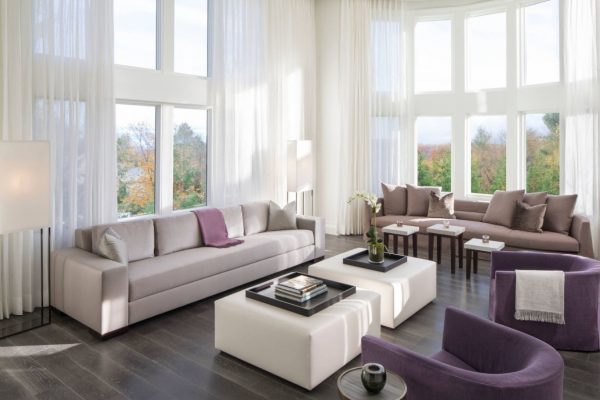
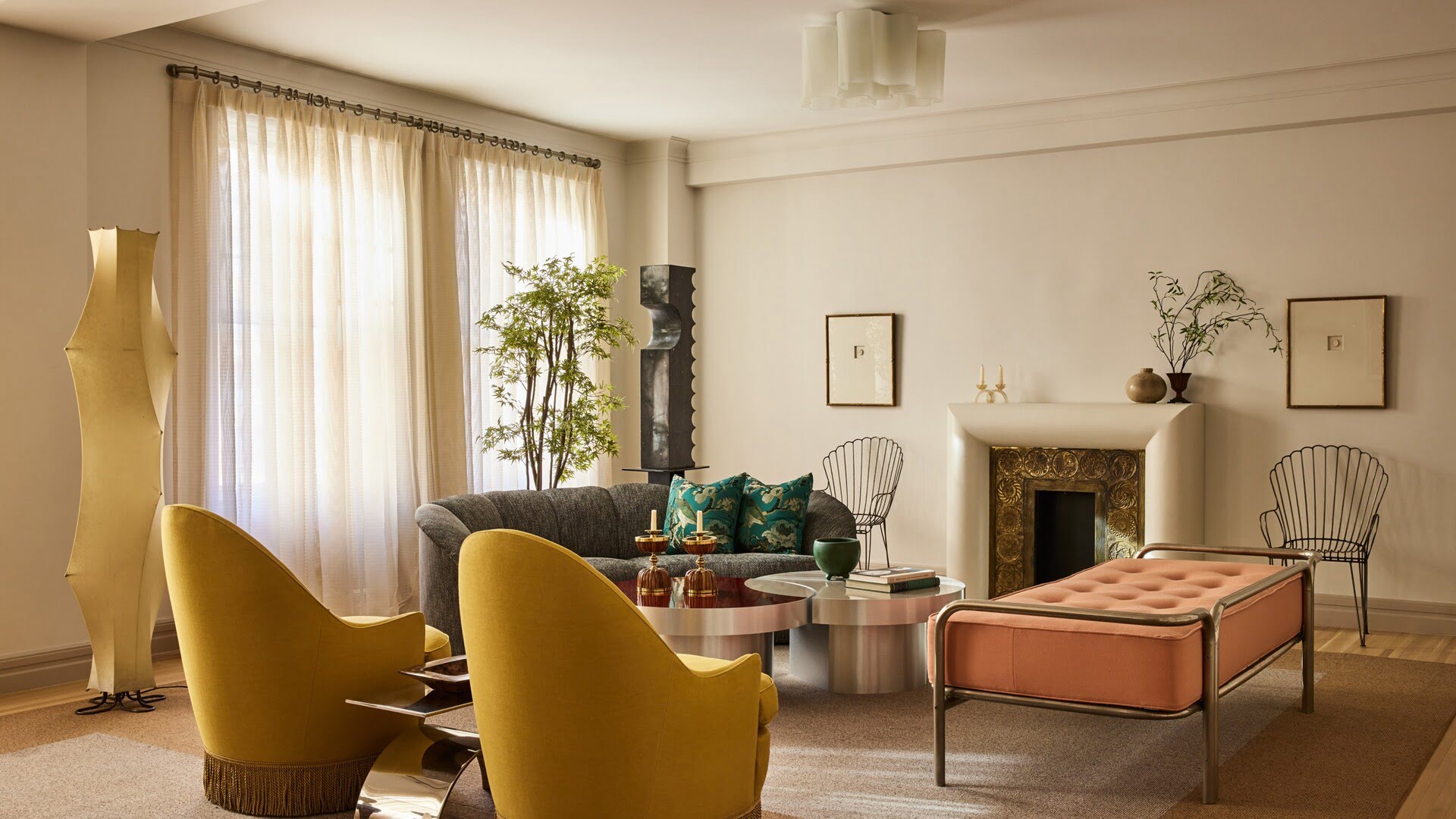
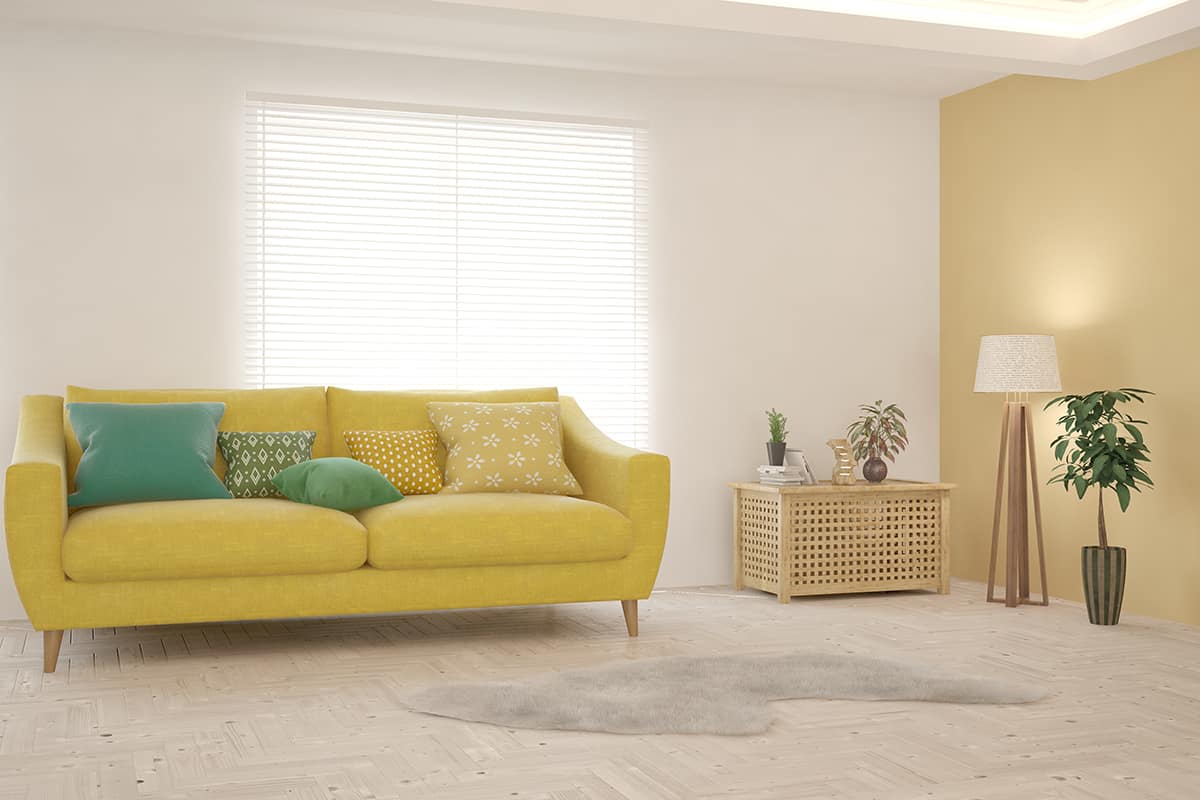
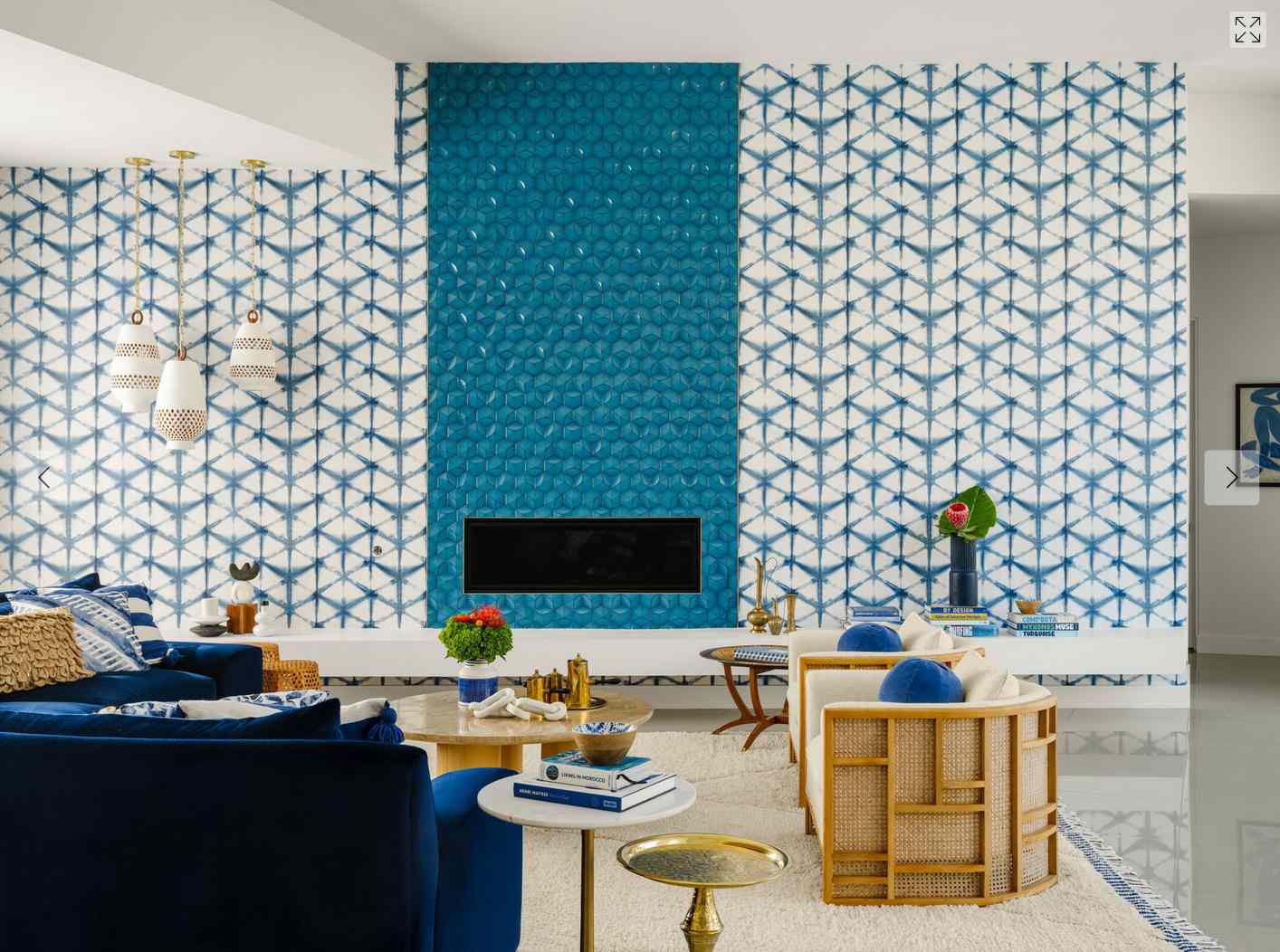

0 thoughts on “What Makes A Living Room Look Cheap? 5 Things To Avoid”